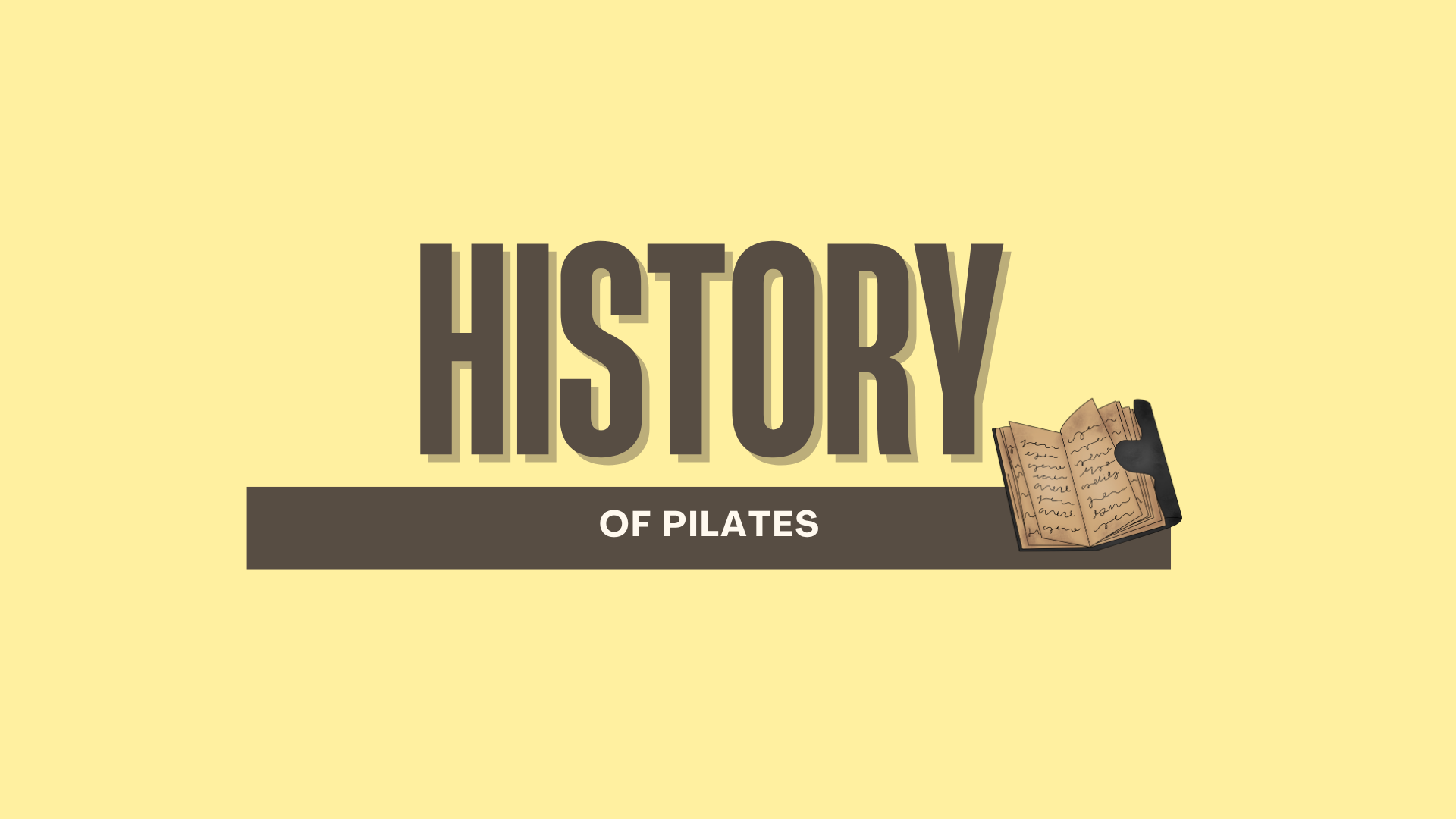
What Is Pilates?
Pilates is a form of low-impact exercise that focuses on strengthening muscles while improving postural alignment and flexibility. Originally developed by German physical trainer Joseph Pilates in the early 20th century, it has evolved into a popular fitness system practiced worldwide. Often mistaken for yoga, Pilates is distinct in its emphasis on core strength, controlled movements, and body awareness. It’s suitable for people of all fitness levels and offers a wide range of benefits—both physical and mental.
What Is Pilates? History, Principles & the Powerhouse Explained
Pilates is more than a workout — it’s a philosophy of movement, control, and inner strength. Originating in the early 20th century, Pilates has evolved into a widely practiced form of exercise known for its ability to improve posture, flexibility, and core stability. Whether you’re new to mat Pilates or a seasoned student of contrology (the original name for Pilates), understanding the method’s roots and principles can help you get the most out of your practice.
he Origins of Pilates & Joseph Pilates’ Vision
Joseph Pilates, the creator of the Pilates method, was born in 1883 in Germany. As a child, he faced health challenges, including asthma and rickets, but was determined to strengthen his body through movement. He studied anatomy, gymnastics, boxing, and martial arts.
During World War I, Pilates was interned in England and began developing his method while training fellow internees and working with injured soldiers. He used bed springs to create resistance — an innovation that led to modern Pilates equipment. In 1926, he moved to New York City and opened a studio with his wife Clara. Their method, contrology, focused on conscious movement and muscular control. Dancers, athletes, and performers quickly embraced it for injury rehabilitation and performance enhancement.
What Is Contrology? The Core Principles of Pilates
- Contrology — now simply known as Pilates — is grounded in six key principles that guide movement, especially in mat Pilates:
- Concentration – Mental focus for maximum impact.
- Control – Developing strong connections between your mind and body by executing movements with control.
- Centering – Movement radiates from the powerhouse (the core).
- Flow – Exercises performed with fluid transitions.
- Precision – Proper technique of the exercise matters more than number of repetitions.
- Breath – Intentional deep lateral breathing supports movement.
Understanding the Powerhouse in Pilates
The powerhouse refers to the core group of muscles that stabilize and align the body:
- Abdominals and obliques
- Lower back muscles
- Pelvic floor
- Diaphragm
- Glutes (gluteus medius and maximus)
- Hip muscles (flexors and extensors)
In mat Pilates, exercises like the “hundred,” and “single-leg stretch” are designed to activate these powerhouse muscles.
Modern Pilates & Its Lasting Impact
Pilates now exists in various styles — from classical contrology to contemporary forms using machines like the Reformer. Its low-impact design makes it accessible for all ages and fitness levels. The legacy of Joseph Pilates continues in studios and homes worldwide. His belief that “physical fitness is the first requisite of happiness” motivates millions to move with intention and core strength.
One of the biggest advantages of modern Pilates is its versatility. Whether you’re an elite athlete refining performance, someone recovering from an injury, or simply trying to improve posture and reduce stress, Pilates can be tailored to fit your individual goals. The focus on core stability and powerhouse activation means that every movement in Pilates contributes to a stronger, more balanced body.
More instructors today integrate functional movement, rehabilitative exercises, and even elements from yoga and strength training to keep routines fresh and results-driven. Pilates is not just a workout—it’s a method for lifelong mobility and self-awareness.
💥 Ready to Transform with Pilates?
If you’re inspired to build strength from the inside out, now’s the perfect time to start. Whether you’re curious about mat Pilates, eager to explore contrology, or ready to master powerhouse technique, I offer:
- ✨ Group Pilates Classes: A friendly, supportive setting to learn and move together.
- 🧘♂️ Personal Training Sessions: Customized instruction to deepen your technique and reach your goals.
- 💻 Online Coaching Available: Flexible and convenient options wherever you are.
👉 Sign up today or book your personal session to experience how Pilates can change your body and mindset from the core. Your powerhouse is waiting — let’s activate it together.